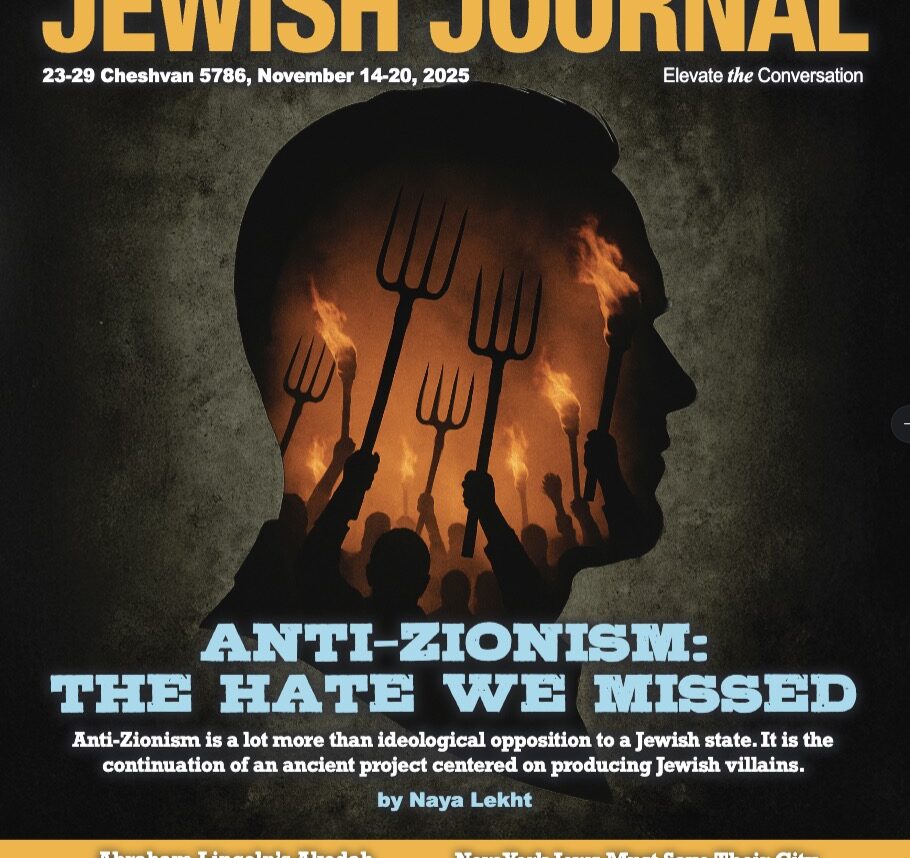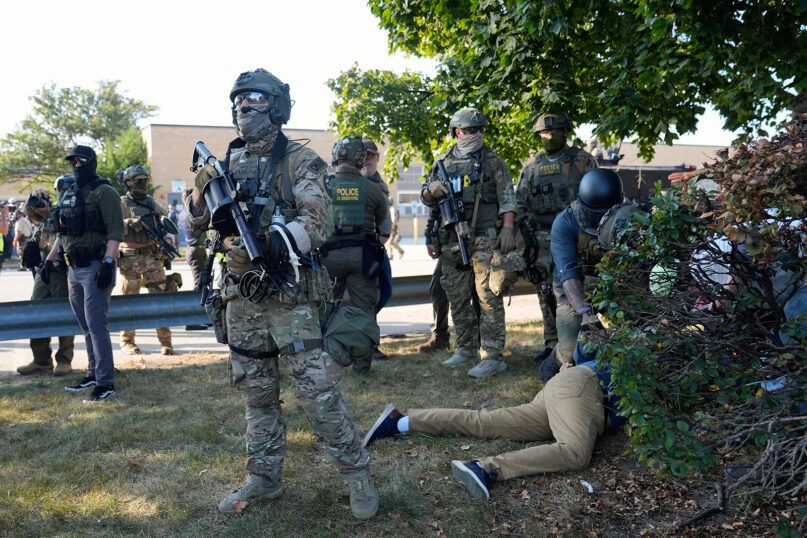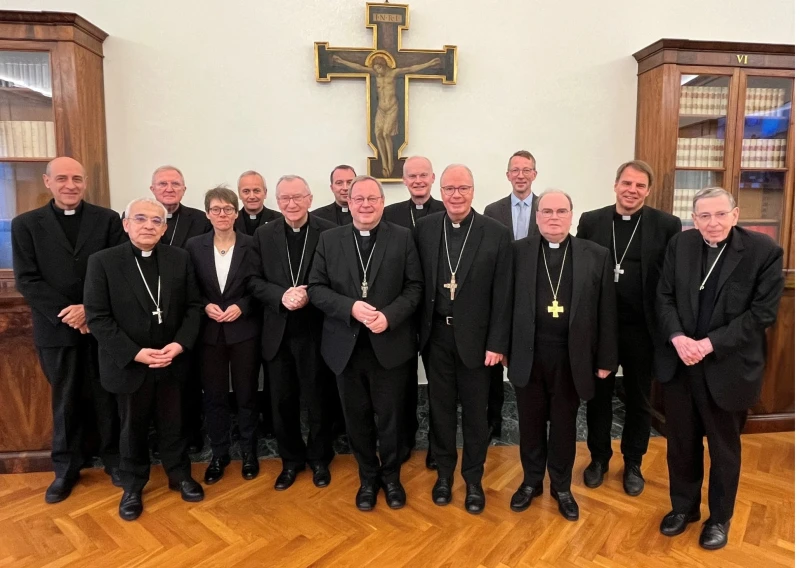Women riding the streets of Tehran on motorbikes is the latest sign of Iran’s societal change
TEHRAN, Iran (AP) — When Merat Behnam first gathered enough courage to ride her yellow scooter through the gridlocked streets of Iran ‘s capital to the coffee shop she runs, traffic wasn’t her main worry.
She instead girded herself for disapproving looks, verbal abuse and even being stopped by the police for being a women riding a motorbike in Tehran, something long frowned upon by hard-liners and conservative clerics in Iran.
But Behnam, 38, found herself broadly accepted on the road — and part of a wider reconsideration by women about societal expectations in Iran.
It’s not all encompassing, particularly as hard-line politicians call for laws on the hijab or headscarf to be enforced as Iran cracks down on intellectuals in the wake of the 12-day Iran-Israel war in June — but it does represent a change.
“It was a big deal for me,” Behnam told The Associated Press after riding up to her café on a recent day. “I didn’t really know how to go about it. In the beginning I was quite stressed, but gradually the way people treated me and their reactions encouraged me a lot.”
‘Exposed to the wind’
Two things in the past prevented women from driving motorbikes or scooters. First of all, police regulations in Iran’s Farsi language specifically refer to only “mardan” or “men” being able to obtain motorcycle licenses. It’s a very gender-specific wording in Farsi, which broadly is a gender-neutral language grammatically.
“This issue is not a violation but a crime, and my colleagues will deal with these individuals, since none of these women currently have a driver’s license and we cannot act against the law,” Gen. Abulfazl Mousavipoor, Tehran’s traffic police chief, said in a report carried by the semiofficial ISNA news agency in September.
Then there’s the cultural aspect. While women can now hold jobs, political office and a car license, since its 1979 Islamic Revolution the country has imposed a strictly conservative, Shiite Islam understanding of conduct by women. That includes Iran’s mandatory hijab law, which sparked mass demonstrations in 2022 after the death of Mahsa Amini, who had allegedly been detained over not wearing a headscarf to the liking of authorities.
In the beliefs of some conservative clerics and hard-liners, a woman riding a scooter or a motorbike is “tabarruj,” or an excessive flaunting of her beauty prohibited by Islam.
“Keeping proper covering for women while riding a motorcycle is very important,” hard-line lawmaker Mohammad Seraj told the semiofficial ILNA news agency in September. “A woman sitting on a motorcycle cannot maintain the modest attire expected of her, since both of her hands are occupied with steering the vehicle and she is exposed to the wind.”
Avoiding congestion charges
For many, the motorbike ban runs directly into the reality of Tehran’s streets, crowded with an estimated over 4 million cars and another 4 million motorcycles on the road daily. For decades, women in the all-encompassing black chador could be seen riding side-saddle on motorbikes driven by men.
But after women began forgoing the hijab, more women began taking the risk and riding their motorbikes through Tehran as well, avoiding the congestion charges levied on cars that run over 20 million rial ($20) a month. While still a small percentage of the overall traffic, their presence on the road has become more common.
“There is not any political manifesto or social agenda here,” Behnam said. “It’s just that since my workplace is downtown and I had to commute every day from (the western neighborhood of) Sattarkhan, the traffic there — and the parking issue, plus the traffic zone restrictions — were driving me crazy.”
‘Symbol of choice and independence’
But for others, it is a political issue. There’s been speculation the administration of reformist President Masoud Pezeshkian, who campaigned on openness to the West before the war, may try to change the regulations to allow women to be licensed. Reformists — those who seek to change Iran’s theocracy from within — also have called for the change.
“It’s time to move past the invisible walls of cultural judgment and bureaucratic rules,” the Shargh newspaper said in September. “For women, riding a motorcycle is not just a way to commute but a symbol of choice, independence and equal presence in society.”
Benham, says riding her motorbike also gave her the first positive interaction she’s had with the police.
“For the first time, a police officer — well, actually, a traffic officer — made me feel encouraged and safer. I could feel that there was some kind of support,” she said. “Even the times they gave me warnings, they were technical ones — like where to park, not to do certain things or to always wear a helmet.”
 Anti-Zionism is a lot more than ideological opposition to a Jewish state. It is the continuation of an ancient project centered on producing Jewish villains.
Anti-Zionism is a lot more than ideological opposition to a Jewish state. It is the continuation of an ancient project centered on producing Jewish villains.





